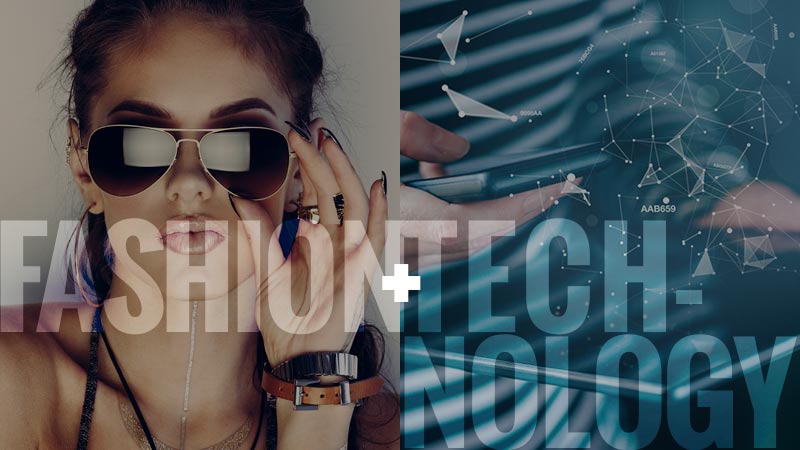Fashion and technology both embody innovation. When the two unite it can be a powerful way to connect consumers to brands they love and provide distinct shopping experiences.
In the past few years, fashion brands have become more experimental, pushing the digital boundaries by integrating technology into things like fashion shows. For example, during New York’s Fashion Week, Desigual featured models wearing real-life versions of Snapchat filters, from the wildly popular video-sharing app. Models strutted the catwalk in a paper version of the often-used flower crown, with makeup applied to resemble some of the animal filters.
Burberry is a brand that’s considered a pioneer in this digital marketing space. The company was one of the first to make its shows viewable—and shoppable—via live stream, and in 2011, developed “Tweetwalk,” a runway collection event that aired on Twitter before the actual show.
No matter the channel, fashion continues to experiment with digital platforms and technology in ways that surprise, delight and intrigue fans. That being said, other brands can achieve the same level of engagement with these three lessons from marrying the worlds of fashion and technology.
INTEGRATE TECHNOLOGY IN A WAY THAT SOLVES A PROBLEM FOR THE CUSTOMER, WHETHER IT’S ONLINE OR OFFLINE.
That can mean creating stimulating in-store experiences, offering flexible delivery options, or optimizing the ecommerce-shopping cart. Rigby and Peller, a British luxury lingerie brand, began using a 3D mirror in their stores. This clever gadget records more than 140 measurements in less than a minute and can tell a customer her bra size and recommend the best bra. While a customer spins in front of it, the 3D mirror analyzes her data. It’s a fun and interactive way to help the customer because it’s simple to use and takes the hassle out of the shopping experience. In turn, this also creates a stronger customer relationship with the product, the brand and the store.
USE TECHNOLOGY TO HELP MAKE CONTENT SHOPPABLE—INCREASING YOUR BRAND’S PROFIT AND ADDING VALUE FOR THE CUSTOMER.
Ad banners are annoying. But if you take a banner and make it an interactive shoppable film, well, now you’re on to something. That’s what Kate Spade New York did. The popular women’s fashion label created a fun narrative featuring actress Anna Kendrick and used it to make a shoppable holiday ad video. As the film plays, viewers click on the products to learn more about them, and then they can check out the looks on KateSpade.com right from the video embed.
ENGAGE CUSTOMERS ACROSS PLATFORMS WITH VARIOUS TECHNOLOGIES.
Omni-channel is not a new concept, but it’s still an important one. Serving your customers better, across multiple channels, means you’re helping create a seamless and meaningful experience when customers interact with a brand. Take Victoria’s Secret, for instance: They have more than 27 million likes on Facebook, 47.4 million followers on Instagram and 10.2 million followers on Twitter. They post about three times a day to each platform and include links to items featured in their feed. Whether customers want to scroll online or stroll in-store, Victoria’s Secret caters to each person by hosting local events on Facebook, making content available on all their platforms, building engagement on their online hub dedicated to fashion, sending email blasts and having a comprehensive offering of social media and apps.
–––
When brands seamlessly integrate technology to provide a convenient, consistent and positive customer journey, they create an unforgettable experience. Above are examples of what happens when innovation is put into practice in a way that serves the customers and adds value to their experience online and in stores.



